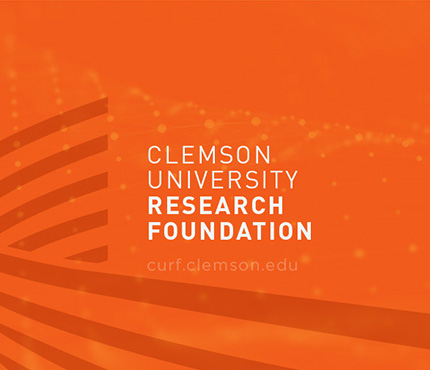Keywords: Computer Software, Biotechnology, Drug Discovery
Market Overview
Hypothesis generation is becoming a crucial technique that allows researchers to make connects between concepts. Typically, the systems operate on domain-specific fractions of public medical data. There are many unknown connections in the biomedical sciences. In order to fill the gaps in existing biomedical knowledge, Clemson University researchers have developed MOLIERE, which utilizes information from over 24.5 million historic documents including scientific papers, keywords, genes, proteins, diseases and diagnoses. MOLIERE will propose a possible connection between biomedical objects that are not known to be related to one another.
Ilya Safro
2020-028
Applications:
Biomedical Discovery, Data Analysis
Technical Summary:
This technology has a multi-modal and multi-relational network of biomedical objects extracted from several heterogeneous datasets from the National Center for Biotechnology Information. MOLIERE models hypotheses using Latent Dirichlet Allocation applied on abstracts found near shortest paths discovered within the network. Effectiveness is demonstrated by performing hypothesis generation on historical data.
Advantages:
• Has a different algorithmic procedure from existing technology.
• Has massive validation results.
• Potentially can be used in the drug discovery pipeline.
Technology Overview
State of Development
Prototype
Category
CURF Reference No.
2020-028
Inventors
Ilya Safro
For More Info, Contact:
Interested in this technology?
Contact curf@clemson.edu
Please put technology ID in subject line of email.
Contact
Latest News from CURF
Stay up-to-date with the latest trends in the innovation and research industry. Sign up for our newsletter to see how CURF is making a difference and impacting the economy where we live.









